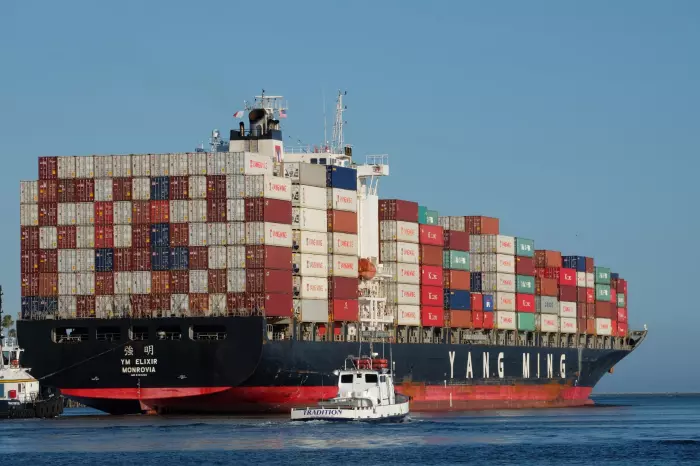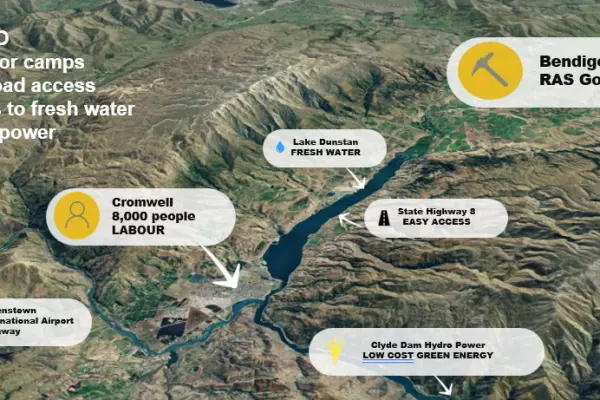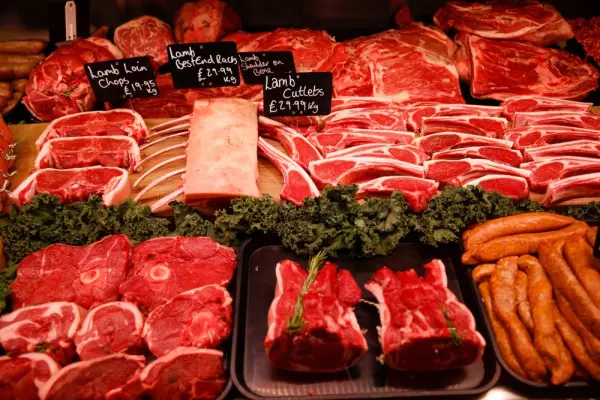Resilient supply chains rank fourth in the top 10 priorities for industry leaders in the KPMG Agribusiness Agenda report for 2021.
“One of the largest global disruptions the covid-19 pandemic has accelerated is in supply chain and logistics,” the report said.
The problem is not unique to New Zealand given delivery reliability globally has tanked from around 80% in 2019 to 35% currently.
“For many consumers around the world, they have had to adapt to being told the product they want to buy is on backorder with an estimated arrival date of two to three months from now.”
Transport has also become massively more expensive.
According to the report, vessels are usually on a ‘cycle’ of seven rounds trips per year, depending on the shipping lane, at an average cost of $6,000 a day – which has since increased to approximately $30,000 a day.
However, the biggest challenge facing the food and fibre sector is that Oceania only represents 2% of global freight traffic and as a region has limited market influence and negotiating power with the major freight lines, according to the report.
With NZ so geographically isolated from the rest of the world and only representing 0.5% of global shipping revenues “we are in a precarious situation”.
Prepare now
The message from the roundtable discussions was the industry needs to prepare now for further service reductions and for inflated prices to remain well above long term averages for the foreseeable future.
“NZ will need to be a value market for the shipping lines, which means pricing will need to be at a level that will provide enough profitability to retain services.”
Higher costs of freight will force organisations to rethink supply chains to ensure they are optimised to meet customers’ needs – including price – while still delivering a return to the processor and producer.
According to one contributor, this may require exporters to rethink the consumer niches they target, as the export premium their product commands may not be adequate to cover the increased supply chain costs.
Also, increasing prices may not be an option as more competitors from across the globe attempt to secure the business of premium customers.
Low morale
The report cited shipping issues as one of the factors behind a slide in industry morale, along with others such as labour challenges and a wave of regulatory reform.
Overall, the narrative from contributors was very different in this year’s report, said lead author Ian Proudfoot.
Against a backdrop of strong prices and farm gate returns, disruption and digitalisation offering new opportunities and consumers being more connected to food’s role in shaping their lifestyles “the discussions we had were unexpectedly downbeat”.
There were so many comments relating to low industry morale that “we had to create a category to capture them”.
US$65.4 billion of venture capital has been injected into the food system over the last decade but for the first time in writing the agenda, there are tangible concerns over the ability of New Zealand organisations to engage in the disruption that is occurring globally, he said.
According to Proudfoot, the report tells two stories: one of almost endless opportunities for the producers of sustainable, healthy food and the other a sector that is “fatigued, straining to cope with the wide range of issues that it is having to respond to on a day to day basis, and with morale falling”.
“Covid-19 has significantly increased the complexity of running a food and fibre business from New Zealand.”
However, the pandemic is not the only issue.
Regulatory change
The pace of regulatory change is greater than it has been in recent years and is expected to accelerate as the Labour government looks to implement its reform agenda.
“It is the breadth of change that is stretching many organisations, given that each new rule brings new compliance and reporting requirements and often requires changes to core systems.”
The wave of regulatory reform concerning water, greenhouse gases, intellectual property rights – particularly around plant variety rights, nutrients and biodiversity were identified by some contributors as a key factor keeping them awake.
The uncertainties around what the final rules and their interpretation are going to look like are delaying investment decisions.
“Landowners and producers can’t afford to get intergenerational investments wrong, so many are not doing anything as they wait for regulatory clarity.”
Industry leaders ranked their top 10 priorities and for the 11th year in a row, biosecurity was number one. Signing high-quality trade agreements came in second, followed by delivering broadband equality to all.
All the new covid-19 related priority questions made it into the top 10.
Covid-19 resilient supply chains were ranked fourth, while covid-19 labour availability was ranked number five. Covid-19 digital acceleration was ranked tenth.














